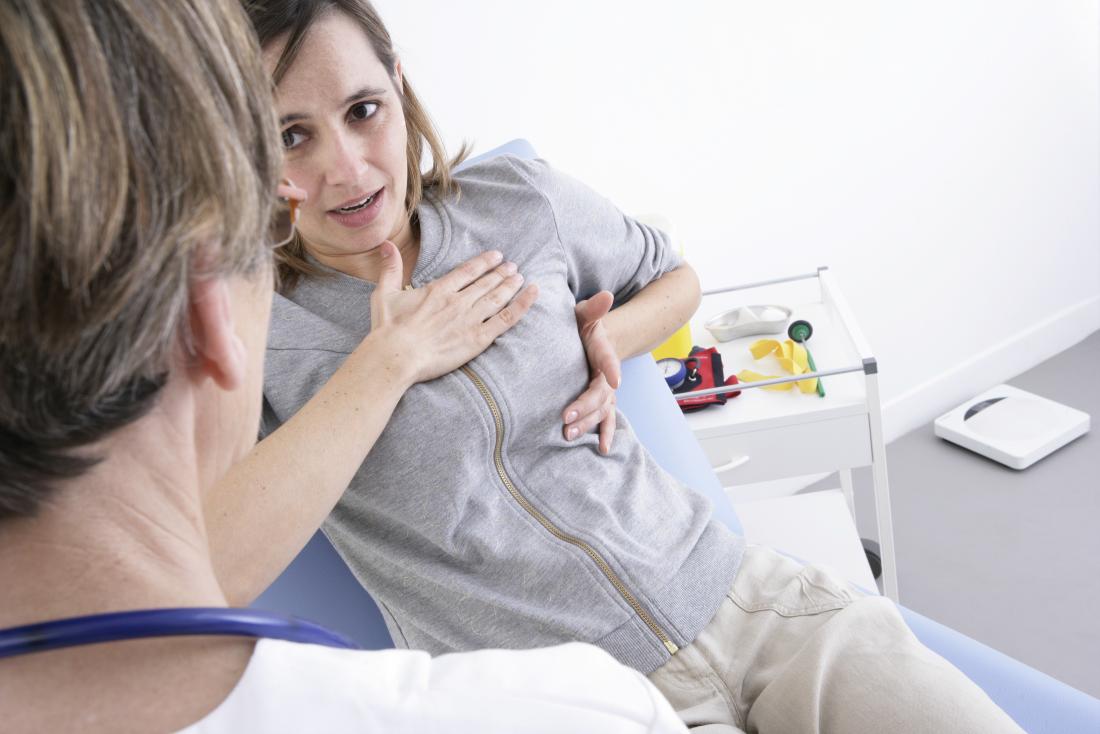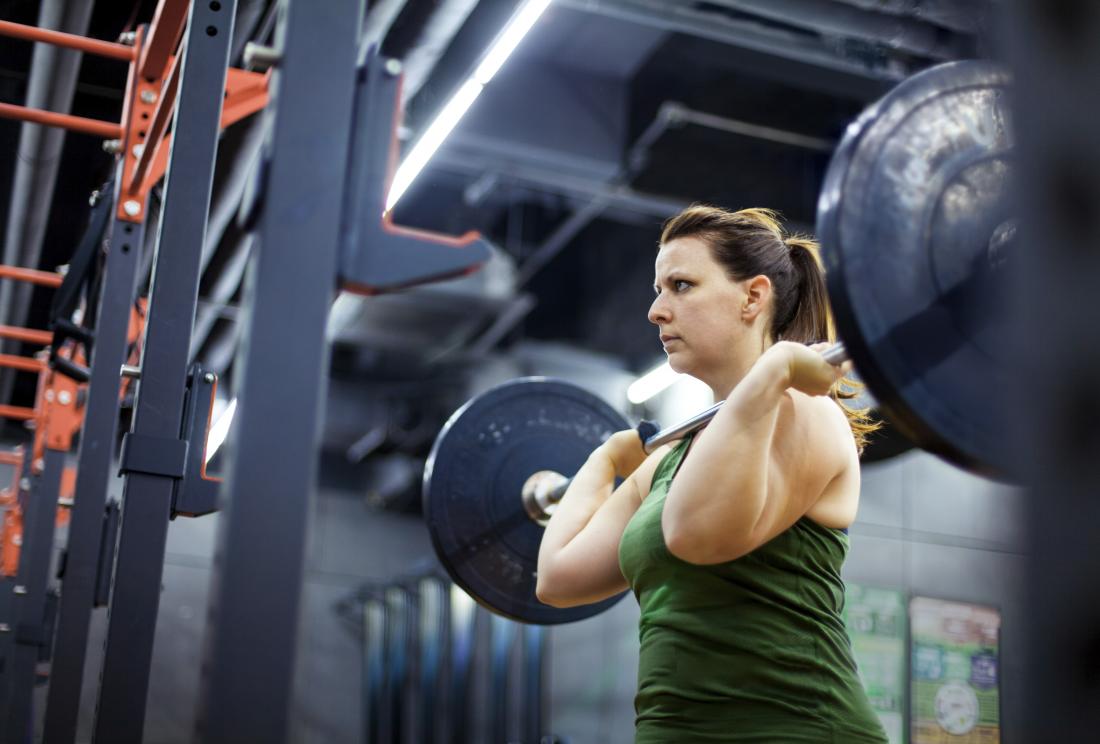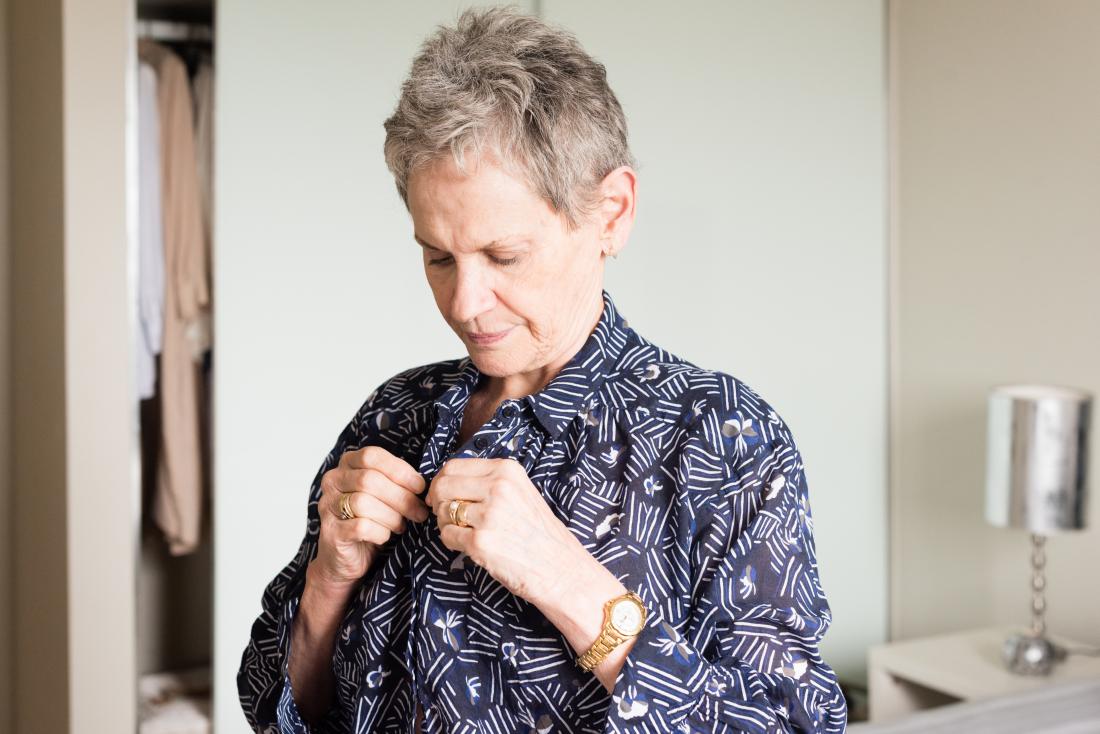The breasts are complex structures that change as a result of monthly hormonal shifts, pregnancy, breastfeeding, and aging. Many people experience breast sensitivity, which can increase the likelihood of breast pain. One study found that 51.5 percent of women reported experiencing breast pain at times.
Breast sensitivity can be beneficial, for example, by increasing pleasure during sexual activity and encouraging people to protect their breasts. For some, however, one breast can become more sensitive than the other. This symptom may cause concern, and it can sometimes indicate a health problem.
In this article, we explore some of the possible causes of a sensitive breast and discuss when to see a doctor.
Breastfeeding
Breastfeeding causes a number of changes in the breasts. Some people report increased sensitivity in one or both of the breasts.
If one breast suddenly feels more sensitive than the other breast, or both are more sensitive than usual, possible causes can include:
Blocked milk duct

A person with unexplained breast sensitivity should speak to a doctor.
Milk ducts can become blocked if they do not drain properly during breastfeeding. Symptoms of a blocked duct may include:
- a small lump in the affected breast
- sensitivity
- pain
- tightness
- a burning sensation
It is necessary to relieve a blocked duct as soon as possible to prevent mastitis.
People can drain a blocked duct by continuing to breastfeed or pump as usual. Massaging the breast before or during breastfeeding can encourage milk to flow through the duct.
Some people also find that changing breastfeeding positions helps facilitate a better latch, which can help drain the duct.
Mastitis
Mastitis is a breast infection that most commonly occurs due to a blocked milk duct. The infection can cause the breast to become painful, red, and swollen. Some people also feel sick and develop a fever.
Individuals with mastitis should continue breastfeeding with both breasts and massage the affected breast to drain it completely. Warm compresses can help relieve the pain.
A doctor can prescribe antibiotics if the infection does not clear on its own. It is usually safe to continue breastfeeding while taking this medication.
Milk bleb
A milk bleb is a white dot on the nipple or areola that may resemble a blister. Blebs can sometimes be very sensitive to the touch.
Milk blebs often occur along with a blocked duct or mastitis. To treat a bleb, a person should continue breastfeeding or pumping as usual and massage the breast. Applying a warm compress can help alleviate pain.
Other changes
The breasts can change a lot during breastfeeding. One breast may feel different from the other depending on how recently the person has expressed milk from each breast.
As the breast fills with milk, some people may experience pain, swelling, or sensitivity. During letdown, which is the release of milk, it is possible to feel unusual tingling or electrical sensations in the breast.
Breast injury
An injury to one breast can cause sensitivity, especially if swelling occurs. Some other signs of a breast injury can include redness, nipple discharge, and pain.
Breastfeeding can sometimes cause minor breast or nipple injuries. Other injuries can include blows, cuts, and scrapes to the breast.
Minor injuries tend to heal on their own, but applying a warm compress may help with pain and swelling.
Muscle injury

Regular exercise can cause muscle strain.
The breasts sit above the pectoral muscles, so pain or sensitivity in these muscles may feel as though it is coming from the breasts. Injuries to the pectoral muscles can cause sharp, shooting pains or a dull ache.
Common causes of these injuries include straining or overusing the chest muscles, particularly when doing sports or heavy lifting. Gently massaging these muscles or applying ice or heat may provide relief from pain and sensitivity.
Cyclic breast pain
Some people experience cyclic pain or sensitivity that changes during their menstrual cycle. Cyclic pain relates to shifting hormone levels.
A person may notice that their breasts feel swollen, sensitive, or painful in the days before their period.
These symptoms usually occur in both breasts, but it is possible that they will be more intense in one breast than in the other.
Pregnancy
Hormonal changes during pregnancy may cause increased breast sensitivity. As with cyclical breast pain, this sensitivity usually happens in both breasts. However, some women may find that one breast or nipple is more sensitive than the other.
Benign lumps

Not all breast lumps are cancerous.
Many people develop one or more benign lumps in their breasts at some point during their lives. Benign means that these lumps are not cancerous.
The lumps may make the breasts feel full, sore, or sensitive. The sensitivity may be constant, or it may change over time.
Some common types of benign lump that can develop in the breasts include fibroadenomas and cysts.
Fibroadenomas are thick, fibrous growths that can form in one or both breasts. These growths may feel rubbery or hard to the touch. Although they are often painless, fibroadenomas can sometimes cause tenderness or pain.
Breast cysts are round or oval sacs of fluid that may feel sensitive or tender. Cysts can vary in size and may become larger and more painful just before a person has their period.
Benign breast lumps do not require treatment unless they are causing pain or discomfort. Some women may find that symptoms improve if they avoid foods or beverages containing caffeine.
It is essential to see a doctor about any new lumps that develop in the breasts or any other noticeable changes. As benign lumps in the breast can make it harder for a person to detect other growths or changes, a doctor may recommend more frequent breast exams or mammograms.
Breast cancer
Sensitivity in one breast can occasionally be a warning sign of breast cancer. However, pain or sensitivity on its own is unlikely to be due to breast cancer.
According to the American Cancer Society, a new lump or mass in the breast is the most common symptom of breast cancer.
Other symptoms that can indicate breast cancer include:
- changes in the size or shape of one breast
- skin changes in one breast
- new or unusual discharge from the breasts
- swelling in the breast
- the nipple turning inward
People with these symptoms should see a doctor as soon as possible. Breast cancer is highly treatable, especially when a doctor diagnoses it early enough.
The overall 5-year relative survival rate for breast cancer is 90 percent. This statistic means that people with breast cancer are 90 percent as likely to live for at least 5 years after diagnosis as those without the condition.
For people with breast cancer that has not spread outside the breast, the 5-year relative survival rate is 99 percent.
When to see a doctor
It is generally safe for people to wait a few days to see if breast sensitivity goes away. However, it is important to see a doctor immediately for symptoms of a severe infection, such as intense pain, redness, swelling, and fever.
If breast sensitivity makes it difficult for a person to breastfeed a baby, they should seek advice from a doctor or lactation consultant as soon as possible.
People may also wish to consider consulting a doctor about breast sensitivity if:
- it gets worse or becomes painful
- it comes and goes with no apparent cause
- there is also swelling, redness, a lump, or nipple discharge
- it occurs alongside a change in milk supply
- a recent injury to the breast or the chest muscles does not improve
Summary
Breast sensitivity is not usually a sign of a serious condition. Possible causes of sensitivity can include hormonal changes, injuries, cysts, and breastfeeding issues.
Wearing a supportive bra that does not irritate the breasts can help with many types of breast pain. Some breastfeeding women find that avoiding tight clothes and wearing bras that do not contain an underwire can be beneficial.
It is advisable to see a doctor for breast sensitivity that gets worse or does not go away. People who notice a new lump or mass in their breasts should see a doctor as soon as possible.

